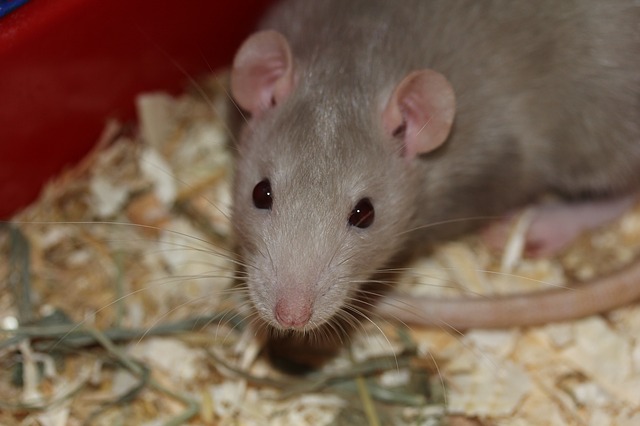Do you have a rodent problem?

By Joe Gallenti. Rats and mice are destructive pests in and around farm facilities. They consume and contaminate feed, gnaw on structural and electrical components, and they can also carry diseases. As pests, rats and mice are very adaptable. They are not fussy eaters and can make themselves at home in barns, sheds, garages and gardens.
Native Australian rodents (for example Hopping Mice) pose little or no threat to public health and should be left alone as they are protected species. However, introduced rodents may infest residential and agricultural areas and carry disease. The common feral rodents in Australia are:
- the Black Rat (Rattus rattus)
- Brown Rat (Rattus norvegicus)
- House Mouse (Mus musculus).
These pests will eat rubbish, pet food, food scraps, composts, fallen fruit and nuts, bird seed and dog faeces. Rats will travel up to several house blocks to find water and food. Feral rats are grey, brown or black in colour and larger than mice, reaching up to 25 cm in body length and 400g in weight.
Mice are white, grey, brown or black and much smaller than rats. They reach up to 10 centimetres in body length and are generally no more than 30 grams in weight.
The first signs of a rodent problem are droppings or urine stains in and around buildings. Rats and mice are most active at night. If you start seeing them during the day around barns and poultry pens, you can bet that for every rodent seen during the day there’s another 20 – 50 active at night.
Eliminating your rodent problem
There’s three main ways to reduce and eliminate your rodent problem
1. Farm Hygiene – Making sure your farm is kept tidy and clear of refuse, prevents rodents from finding hidden places to build nests and reduces their food source.
- Keep stacked materials such as wood and bricks at least 30cm above the ground to minimise hiding / nesting / thoroughfare of rats and mice.
- Regularly clean out sheds, storage areas and dispose of unwanted items.
- Remove unwanted undergrowth – cut back grass, trees, bushes, and creepers which may provide cover or access to the roof.
- Dispose of fallen fruit, seed and waste from aviaries and chicken pens and pet faeces.
- Store feed in vermin proof containers with close-fitting lids.
- Cover rainwater tank openings and floor vents with wire mesh no coarser than 1mm and check and maintain these regularly.
2. Rodent proof structures - Inspect sheds, barns and other farming structures for potential rodent entrances and block them where possible with concrete, hard setting filler, steel wool or heavy gauge sheet metal.
3. Traps and Poison - Trapping can be an effective, quick and economical method of reducing rodent populations. Snap traps, glue boards, and live traps can be used to supplement baiting programs, or in situations where baits may pose a hazard. Traps should be placed along walls, near holes, or at right angles along beams, rafters, or other travel ways.
Poison or chemical control should only be considered as part of a broader control program of eliminating food sources and rodent harbourage. Chemical control is generally short-term and rodents will return if food and shelter are still available.
Chemical control may not be appropriate in all situations. Before using poison, consider the following:
- If rodents die and decay in hard to reach places they may cause an offensive odour.
- Farm pets and livestock may eat toxic baits or poisoned rodent bodies.






